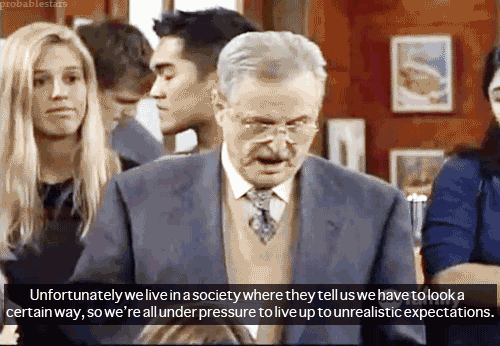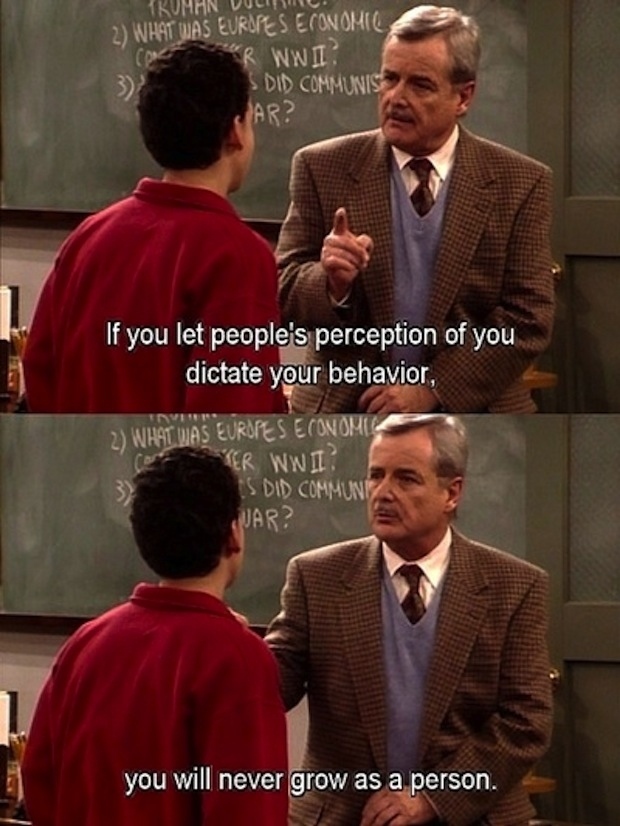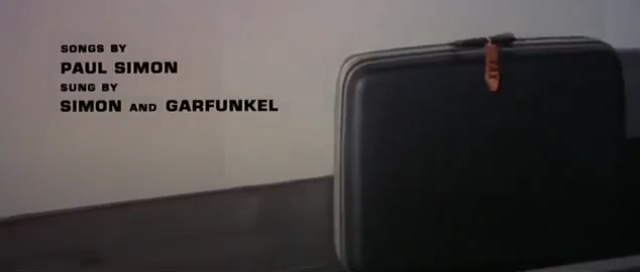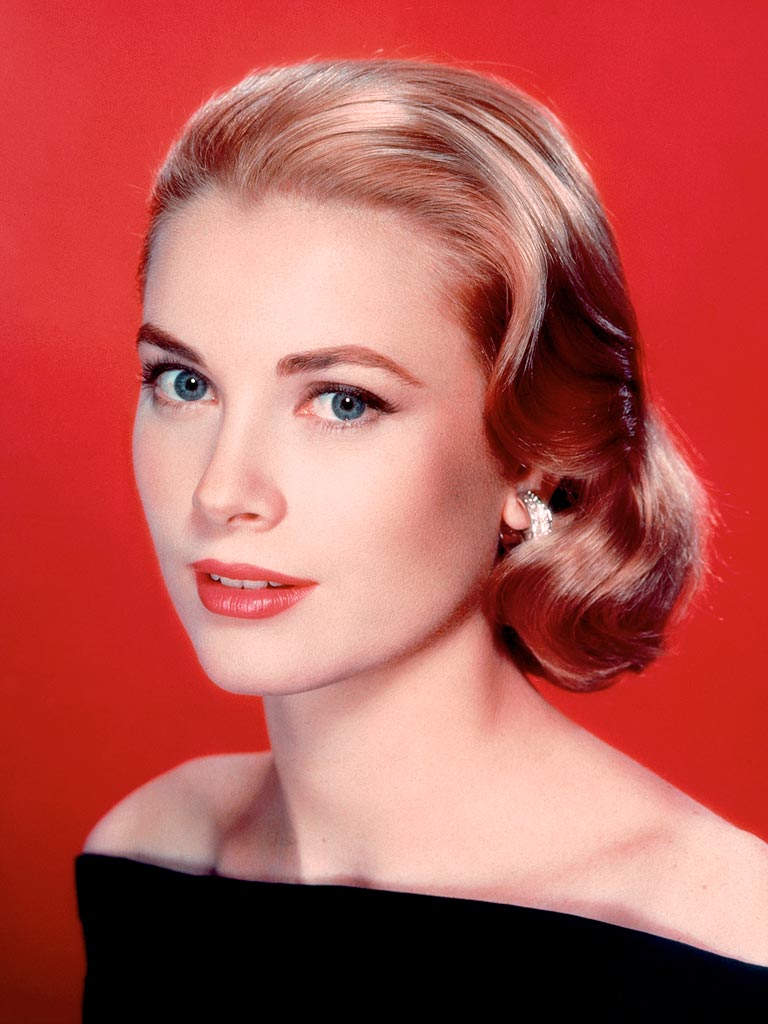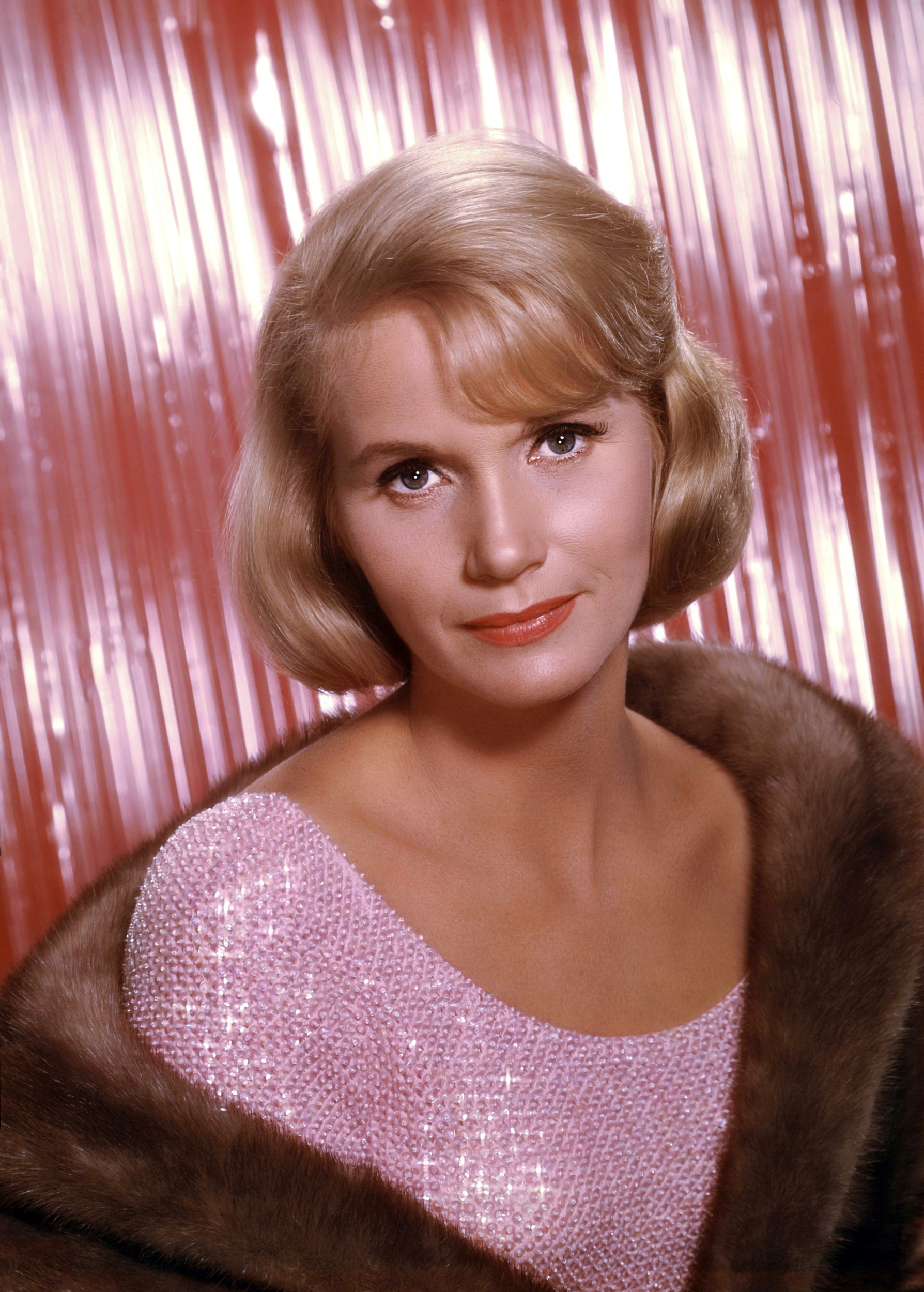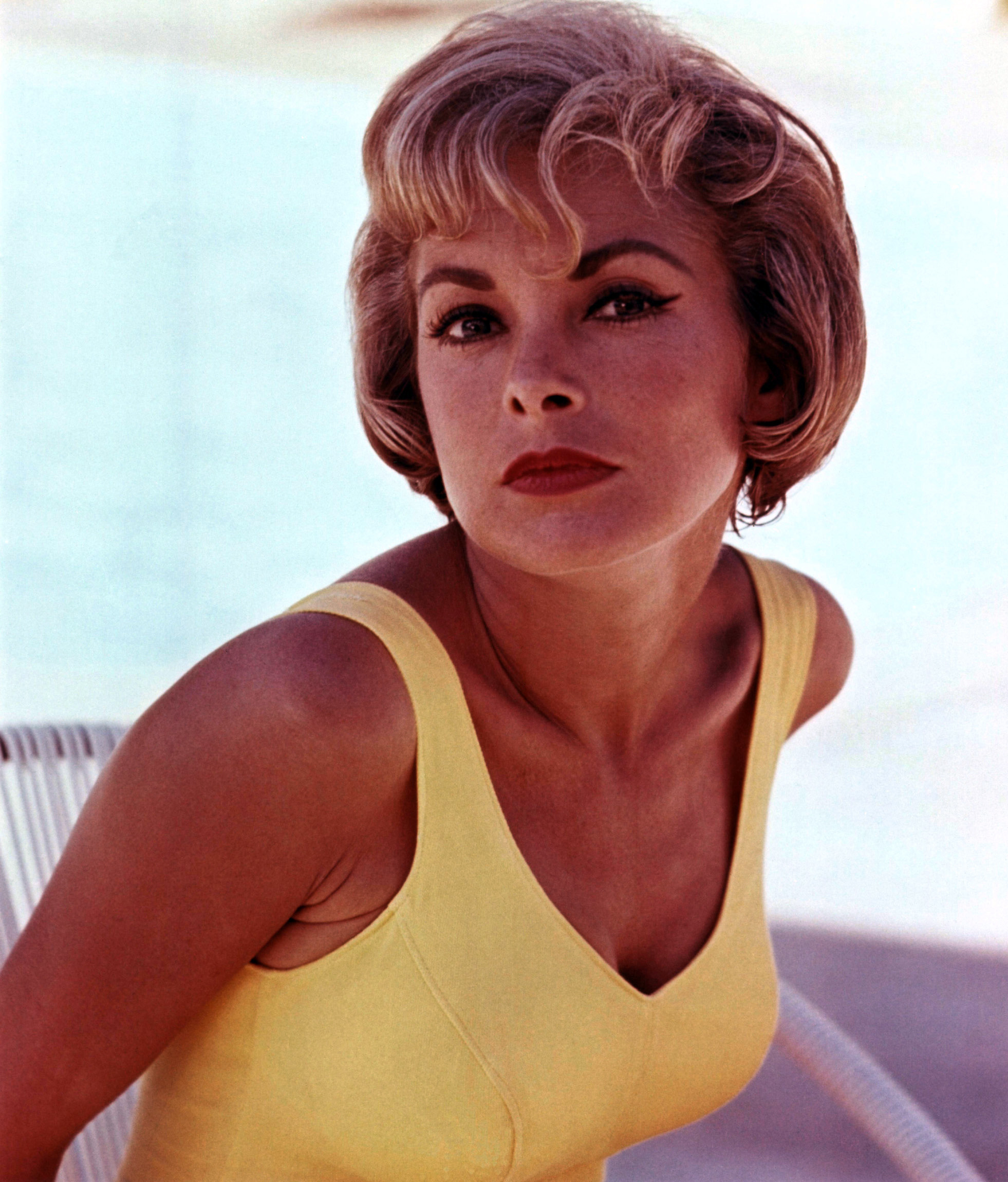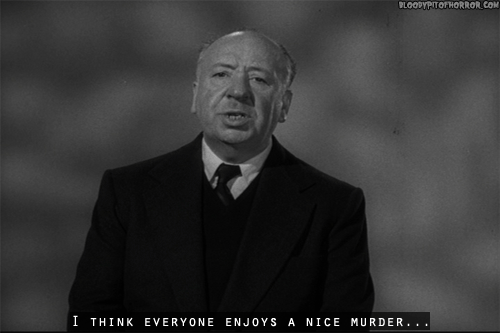While watching the film, one of the details that I had a difficult time analyzing was Lisa’s wardrobe. In one of the first scenes of the movie, Jeff quite bluntly states that he is looking for a woman who is more passionate about traveling and living a spontaneous lifestyle than the newest style of dress. He even points fun at Lisa directly by mentioning the fact that she will never wear the same dress twice. I was almost certain that the next time we saw Lisa, she would be completely transformed — either in less ornate attire or even in pants — in order to win Jeff’s heart. However, when Lisa returns to the apartment, she is again wearing a very formal dress and sophisticated jewelry. In fact, we watch her undergo four additional wardrobe changes, each of which consists of a dress and her signature pearls. It is not until the very last scene where she is seen wearing flat shoes, jeans, and a borderline masculine shirt. I couldn’t help but ask, why did Lisa wait until after she had secured Jeff’s heart to mold her wardrobe to his liking?


Perhaps Lisa was trying to prove a point to Jeff that she can still maintain her femininity and continue to act on her zeal for fashion while exhibiting qualities associated with his idea of the ideal woman. She quickly realizes that she can connect with Jeff by collaborating with him to solve the murder case, but noticeably arrives at his apartment in a new dress each day. She also makes it point to show him her small suitcase to outline that she is capable of picking up everything and taking off on the fly (vital aspect of a wom an in Jeff’s eyes), but inside the suitcase is elaborate lingerie – an item that Jeff does not seem particularly excited about. Lisa’s continuous juxtaposing of qualities that appeal to Jeff and portrayal of her true personality may represent her unwillingness to completely succumb to Jeff’s wishes and her sense of hope that Jeff can still love her as she is.
an in Jeff’s eyes), but inside the suitcase is elaborate lingerie – an item that Jeff does not seem particularly excited about. Lisa’s continuous juxtaposing of qualities that appeal to Jeff and portrayal of her true personality may represent her unwillingness to completely succumb to Jeff’s wishes and her sense of hope that Jeff can still love her as she is.
I began searching the Internet and reading through various blogs to see if others have taken note of the perplexing nature of Lisa’s wardrobe. To my surprise, most of the content I found was from women praising Lisa’s clothing, noting how relevant her style is to popular fashion during that time period. However one comment on a student’s blog at Vanderbilt did spark my interest; rather than focusing on the extravagant nature of Lisa’s attire, this blogger instead found significance in the numbe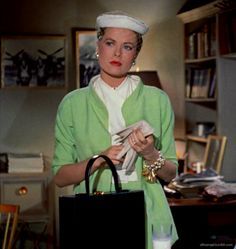 r of times Lisa changes her outfit. Jeff is seen only wearing a mundane set of pajamas throughout the movie, which contrasts greatly with Lisa’s frequent wardrobe changes. The blogger goes on to explain that this may represent a woman’s tendency to consistently change herself to satisfy Jeff. While this is a valid notion, I still think this point would have been more clearly emphasized if Lisa’s fashion choices gradually became less formal and feminine as the film goes on.
r of times Lisa changes her outfit. Jeff is seen only wearing a mundane set of pajamas throughout the movie, which contrasts greatly with Lisa’s frequent wardrobe changes. The blogger goes on to explain that this may represent a woman’s tendency to consistently change herself to satisfy Jeff. While this is a valid notion, I still think this point would have been more clearly emphasized if Lisa’s fashion choices gradually became less formal and feminine as the film goes on.
I was able to find significance in one of Lisa’s outfits: the flower-printed sundress. Lisa wears this dress when she spontaneously decides to climb up Mr. Throwald’s fire-escape and enter his house, which also serves as the moment in which Jeff officially falls for her seemingly adventurous personality. I did find it odd that Lisa is wearing a brightly printed sundress during the evening hours, which leads me to believe this dress was chosen for a specific reason. After pondering this notion, I realized that when Jeff first points out the set of flowers that have “grown shorter” with time in the courtyard, he mentions that he is referring to the yellow flowers at the end of the garden — the same color as the flowers on Lisa’s dress. When Jeff first makes the realization about the flowers, Jeff is fairly convinced of his theory (that Mr. Thorwald killed the dog because something may be buried in the flowerbed), and he anticipates that this is the clue that will ultimately solve the murder mystery. Unfortunately, Mrs. Thorwald’s body is not found in the flowerbed, and this theory is officially put to rest. Just as Jeff believed that the dying yellow flowers was the clue he had been searching for, when Lisa is wearing the yellow-flowered dress he believes that she is the woman he had been searching for. However, the yellow flowers were deceiving and did not provide him with the answers he was hoping for, which mirrors Lisa’s deceiving personality and the idea that she is not truly the type of woman Jeff is searching for.
yellow flowers was the clue he had been searching for, when Lisa is wearing the yellow-flowered dress he believes that she is the woman he had been searching for. However, the yellow flowers were deceiving and did not provide him with the answers he was hoping for, which mirrors Lisa’s deceiving personality and the idea that she is not truly the type of woman Jeff is searching for.
The final scene in the movie shows Lisa in flat shoes, jeans, a button-up shirt, and no jewelry — a sharp contrast to her previous attire. Because the murder has been solved, Lisa may feel that she no longer can connect with Jeff by sharing a passion for solving the mystery, so she finally resorts to changing her appearance to fit his mold of the ideal woman and ensure their relationship lasts. We even see her switch her attention from a book about the Himalayas to a fashion magazine when Jeff is sleeping, which shows that despite her change in wardrobe, she is still unable to let go of her passions and express her true self in front of Jeff.
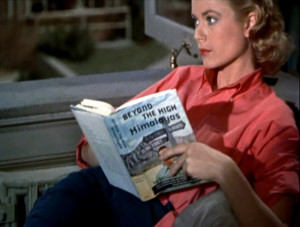
I realize that some of my analysis may be a bit of a stretch or due to purely coincidental occurrences, but I do believe Hitchcock attempted to express some sort of theme through Lisa’s attire. I would be interested to hear others’ thoughts on this topic.
Sources:
https://my.vanderbilt.edu/wgs272/2013/01/298/


